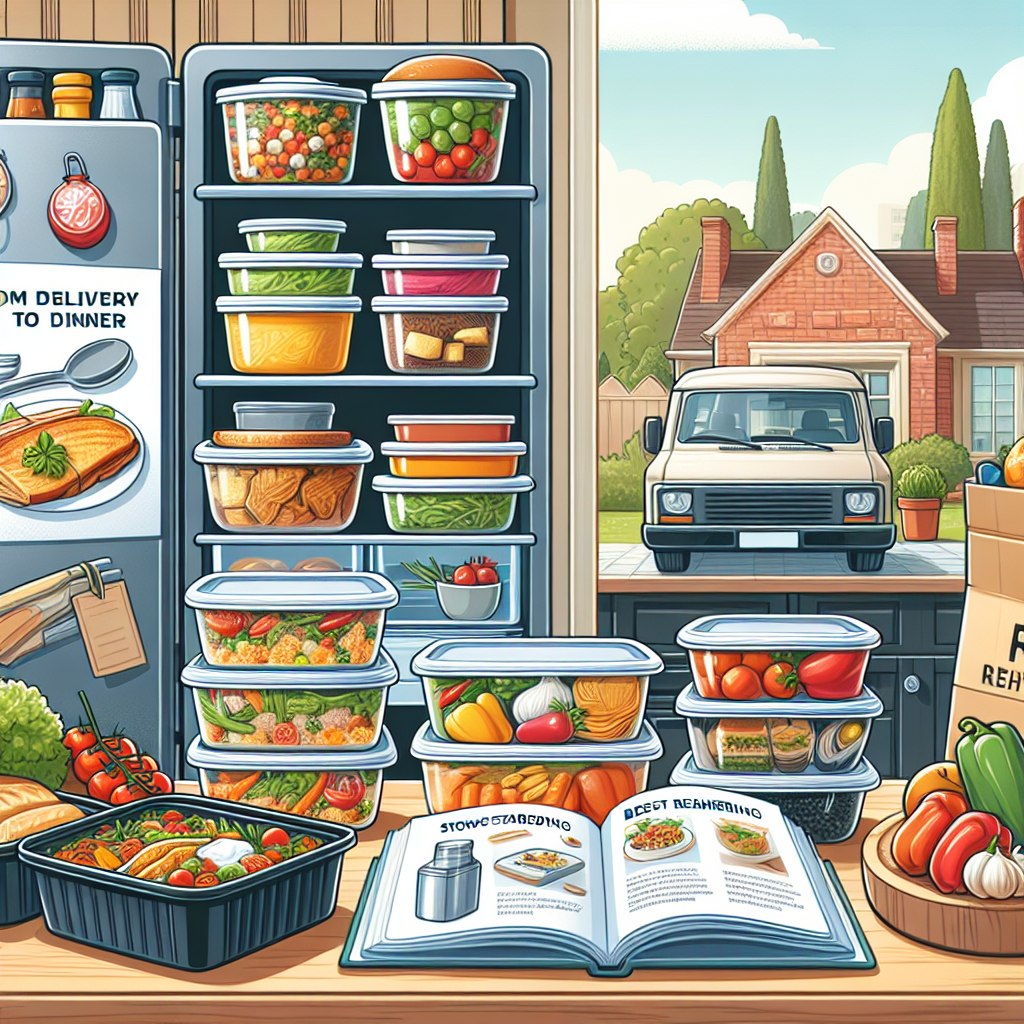In our fast-paced world, meal delivery services have become a lifesaver. Whether you’ve just finished a long day at work, planned a cozy night in, or decided to treat yourself, the convenience of having food delivered right to your doorstep is unmatched. But what happens after the food arrives? Properly storing and reheating your meals is essential not just for maintaining taste and quality, but also for safety. In this article, we will explore best practices for storing and reheating meals, ensuring your culinary delights stay delicious.
Understanding the Importance of Proper Meal Storage
Many people underestimate the importance of how they store their food after delivery. A few simple guidelines can prevent spoilage, maintain freshness, and help avoid foodborne illnesses. To start, let’s consider the basic principles of making your meal last longer.
Timing is Everything: When to Store Your Meal
As soon as your meal arrives, it’s tempting to dig right in. However, if you plan on saving any part of it for later, the first step is letting it cool to room temperature. Meals should be refrigerated within two hours of delivery to minimize the risk of bacteria growth. If the outside temperature is above 90°F, cut that time in half.
Choose the Right Containers
Using the right containers is critical for food storage. Glass containers with airtight lids are not only eco-friendly but also help maintain moisture and flavor. If you’re using plastic, ensure it is labeled BPA-free and microwave-safe. Avoid aluminum foil and plastic wrap for long-term storage, as they can react with some foods.
Storing Leftovers Safely
The 4-Hour Rule: When to Refrigerate
Once your meal has cooled, properly transferring it to a container is the next step. Make sure to do this within four hours of delivery to avoid any food safety risks. Store meals in the refrigerator if you plan to eat them within three to four days. For longer storage, consider freezing.
Labeling Your Food
Taking a moment to label your food can save you from confusion later. Use a marker to write the date you stored the food and what it is. This practice can help prevent rummaging through the fridge and forgetting about meals—that’s a common culprit in food waste!
Keep Your Refrigerator Organized
An organized refrigerator promotes airflow and ensures that food stays fresh longer. Store meals on shelves where they are easily accessible, and keep raw meats on the bottom shelf to prevent any drips onto other foods.
Reheating Meals: Best Practices for Taste and Safety
Defrosting Made Easy
When it’s time to enjoy your meal, the first step is knowing how to properly defrost frozen meals. Move them from the freezer to the refrigerator the night before you plan to eat them, allowing ample time for thawing. If you’re in a hurry, microwave on low power in short intervals until softened.
Reheating Techniques for Optimal Flavor
Different meals require different reheating methods to retain their flavor and texture. Here are a few best practices:
-
Microwave: The quickest method but can lead to uneven heating. Placing a damp paper towel over the food can retain moisture. Use microwave-safe containers!
-
Oven: This method is excellent for dishes like lasagna or casseroles. Preheat your oven to 350°F, cover with foil to prevent drying, and heat for about 20 minutes or until warm.
- Stovetop: Ideal for soups or stir-fries. Gently reheat on medium-low heat, stirring frequently to distribute warmth evenly.
Use a Food Thermometer
For safety, use a food thermometer to ensure that your reheated meals reach a safe internal temperature of 165°F. This is particularly crucial for dishes that contain proteins, such as chicken or beef.
Conclusion: Enjoy Your Meal Hassle-Free!
By following these best practices for storing and reheating your meals, you can enjoy every bite to its fullest! Not only do they maintain flavor and quality, but these tips also help ensure that your food remains safe to eat. Meal delivery services can indeed add convenience to our lives, but it’s the proper handling afterward that truly enhances the dining experience. So, the next time you have food delivered, remember these tips, and from delivery to dinner, let every meal be a delicious delight!


